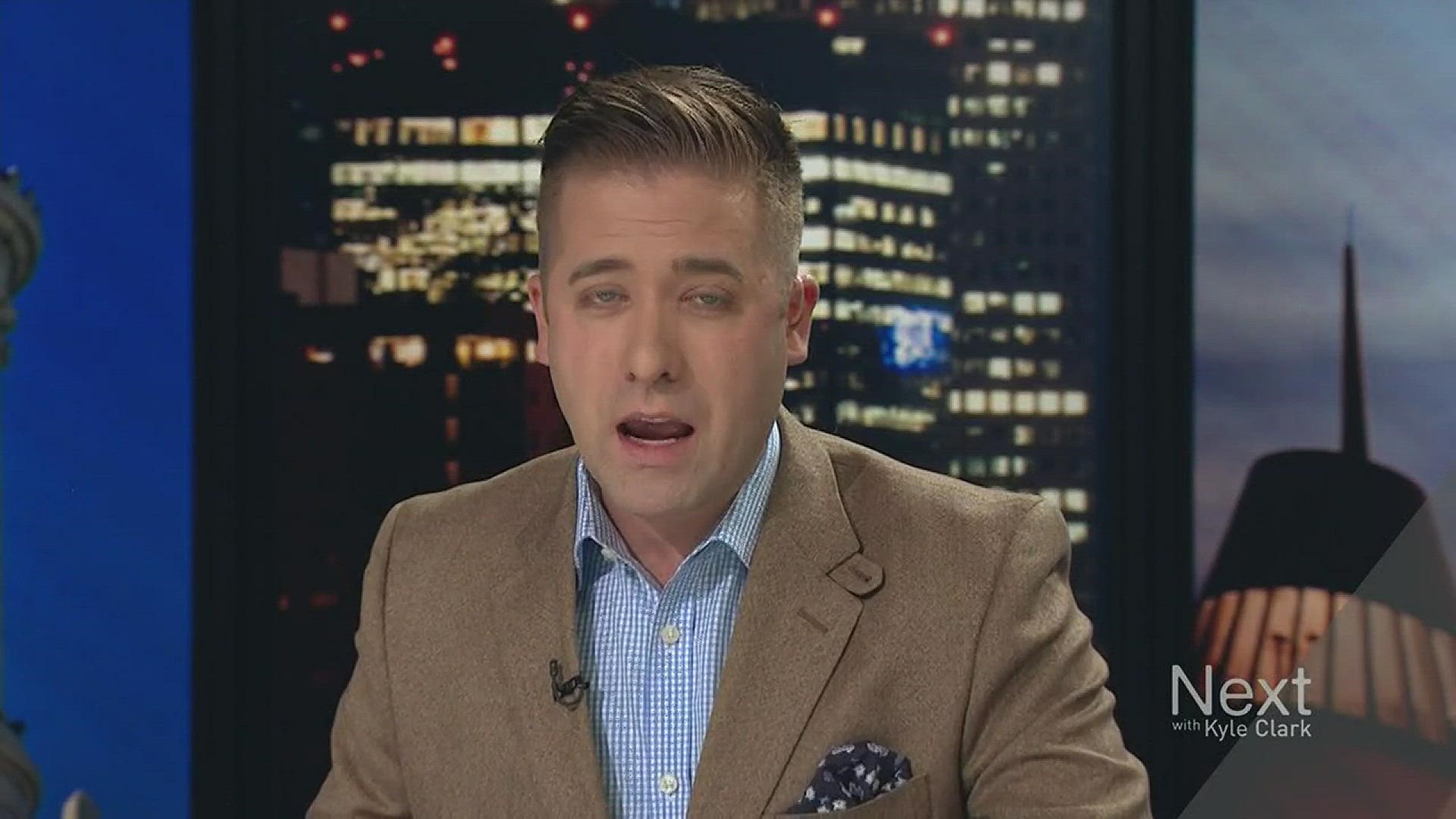DENVER — With less than two months left on the job, Colorado Governor John Hickenlooper has decided to tap into a rarely-used power of the office to attempt to change the state’s complicated tax structure.
Hickenlooper, a Democrat, asked the Colorado Supreme Court on Tuesday to review the conflicts between the Taxpayer’s Bill of Rights (TABOR) and another state tax regulation, the Gallagher Amendment. Both rules impact property taxes in Colorado, and Hickenlooper wants the confusion resolved by the end of the 2019 legislative session.
What are TABOR and the Gallagher Amendment?
Both regulations are complicated, decades-old regulations that don’t work in harmony. Here’s a modest breakdown of the two:
Colorado voters adopted the Gallagher Amendment, named for former State Senator Dennis Gallagher, in 1982, because homeowners were frustrated by the tax rate. Its passage essentially did two things:
- Property tax rates would be divided between residential and non-residential owners; homeowners would, in total, bring in 45 percent of the property taxes, and business owners would bring in 55 percent.
- The amendment also set a standard for the "assessment rate," or the percentage of a property’s value that can be taxed. The rate was set at a fixed 29 percent for most business owners, and the residential assessment rate would slide to keep the 45/55 divide intact.
TABOR then came along in 1992 and said voters have to approve higher taxes. (Colorado Public Radio did a deep dive into TABOR and how it came to be. Check it out if you have time.)
Issues arise with the two rules when home property values surpass values of commercial property (as has been the case for many of the years since Gallagher went into effect). When this happens, homeowners still pay for only 45 percent of all property taxes, which means an individual’s taxes go down because there are more homeowners to share the burden with. It also means, though, that business owners have to pay more to keep up their end of the bargain and bring in the remaining 55 percent, even if businesses don’t account for 55 percent of property values in the state.
In 2018, the residential rate was 7.2 percent. When the Gallagher Amendment went into effect, the rate was 21 percent.
Long story short, Colorado adopted the Gallagher Amendment - which allowed for residential assessment rates to drop - but when things become unbalanced, the newer law, TABOR, doesn't allow for the rates to slide back up unless voters approve it.
Things get even more complicated when you look at the situation county by county. Some counties haven’t seen residential property values rise like Denver. That means they bring in fewer property taxes, and then have trouble funding things like schools or sheriff’s offices.
RELATED | Tax laws squeeze rural Colorado counties
Confused? That’s OK.
“TABOR and the Gallagher Amendment are just notoriously complicated. It is a very labyrinthian area of state law and constitutional law,” said Christopher Jackson, a political and public law attorney in Denver.
This visual explainer may help clear things up a bit.
What does Hickenlooper want?
The state constitution states the governor can ask for the Supreme Court’s review if his request involves “important questions upon solemn occasions,” and the court documents effectually define the tax predicament as such.
Hickenlooper’s office wrote that “the effects [of these two rules] have become so severe that they have started to cripple the ability of local government to provide essential services,” and they “have the potential to create a statewide fiscal crisis.”
The documents include support from various agencies across the state, like the Colorado Association of School Boards and Colorado State Fire Chiefs.
“What the governor wants is for the Supreme Court to weigh in if there actually is a conflict between the Gallagher Amendment and TABOR,” said Jackson. “The government thinks there is some kind of conflict, and so he is trying to get some kind of guidance from the Supreme Court to say, if these two provisions conflict, what are state and local governments to do? What is the best way for them to address that conflict?”
Jackson said that if the Supreme Court finds a conflict, the legislature or a group of citizens can ask for a constitutional amendment in the next election.
According to Hickenlooper’s office, he asked the Supreme Court for a review like this one other time for a case involving state senate seats in 2013.
"I think it is pretty rare," Jackson said. "I read a couple of cases involving Gov. Ritter... but the governor usually doesn’t do this. It is a relatively infrequent occurrence."
On Wednesday, Hickenlooper said his team's been trying for years to come up with a way to get the TABOR and Gallagher conflict solved. They said they asked for the Supreme Court's review as soon as they came up with the option.
"We couldn't find the right solution the right argument that we thought would succeed," he said. "We began to get closer last summer, and we went and spent a lot of time doing research, and we spent the last month or two talking to the attorney general and having their lawyers figure it out. I don't know, I think it makes sense. I think we found the key to protect small towns and communities across Colorado."
He added that they want the Supreme Court to review the laws on this particular timeline so that a legal change could be made before more property evaluations.
Critics
John Caldera, a proponent of small government, called Hickenlooper’s move “showboating” and told 9NEWS it’s an attempt to win the support of progressive voters and labor unions in the near future.
“There’s no reason to do this now versus four to eight years ago,” he said. “The timing screams, ‘I want to be president.’”
Of course, Hickenlooper hasn't decided if he's doing that yet.

